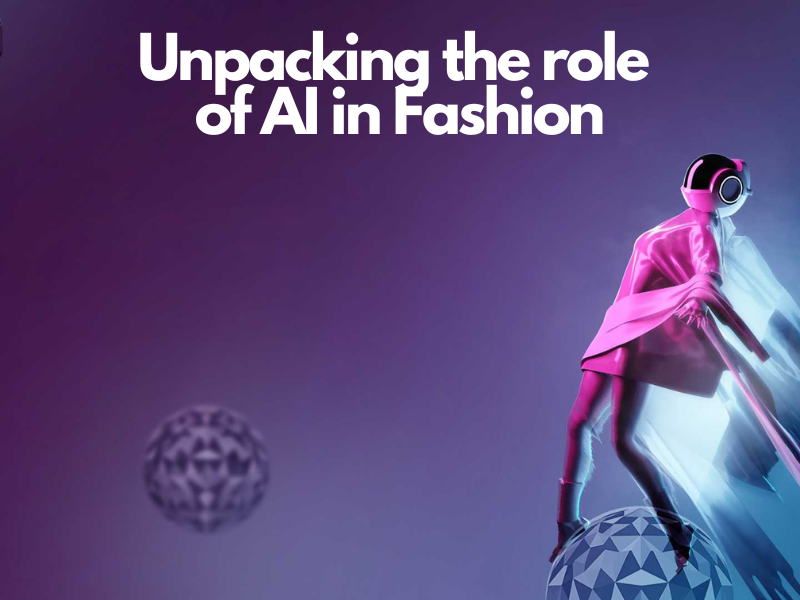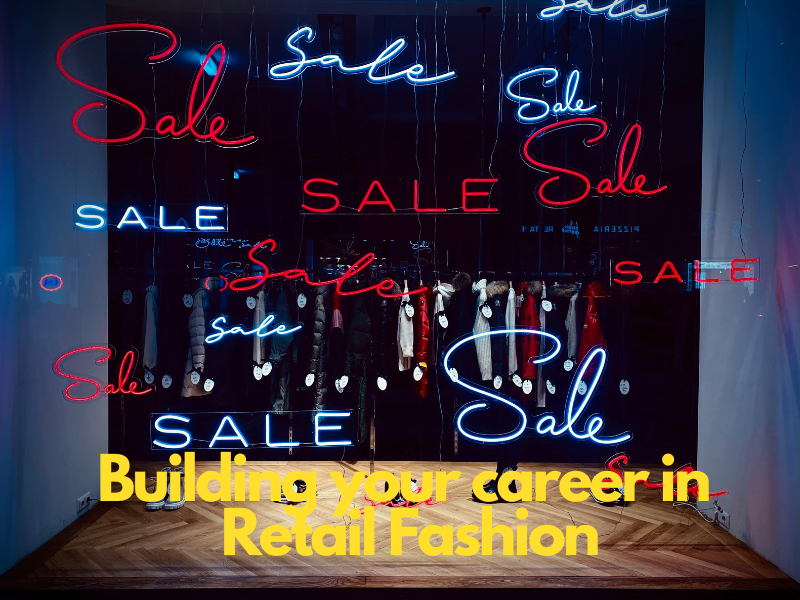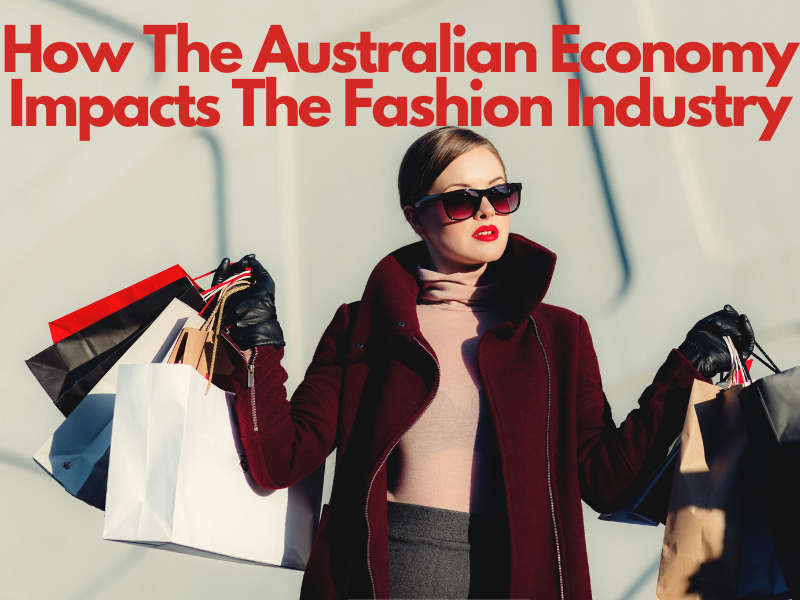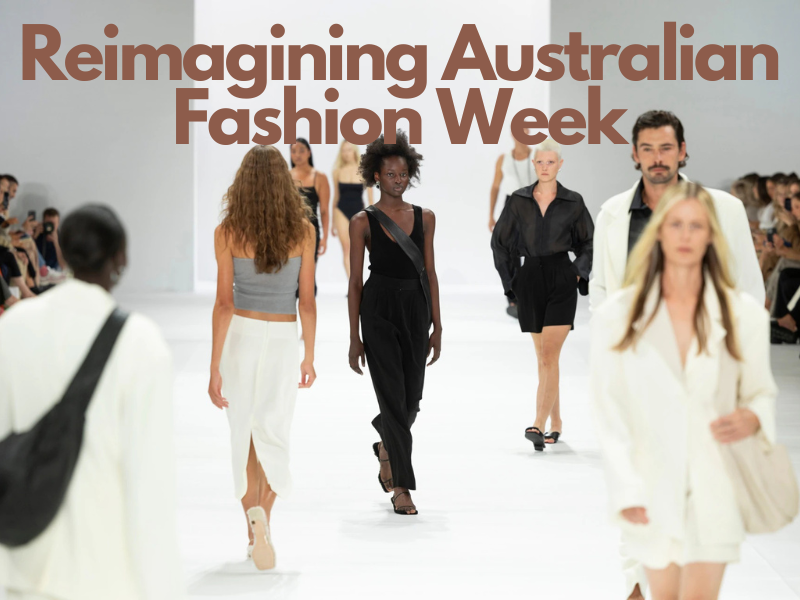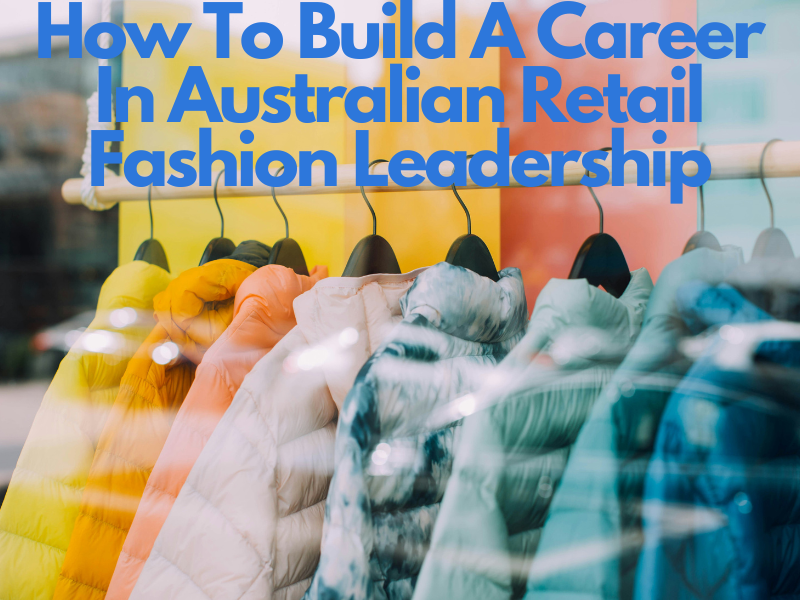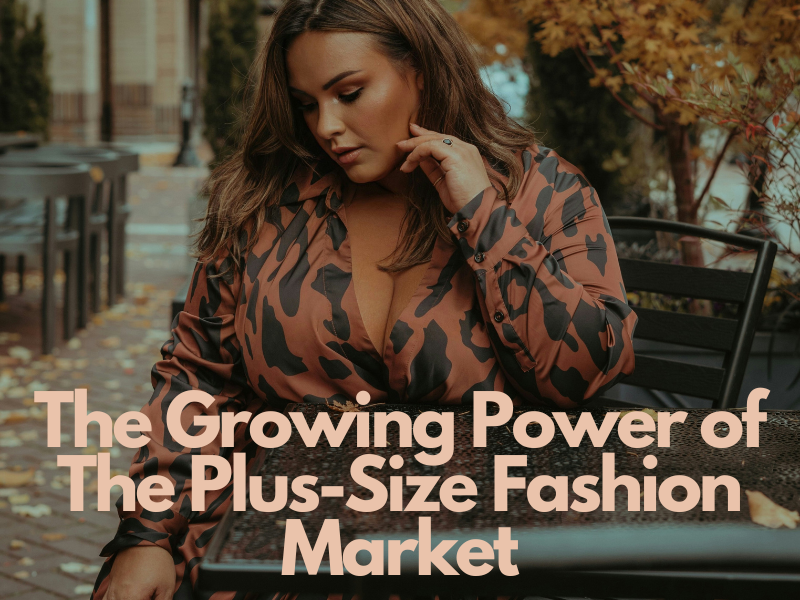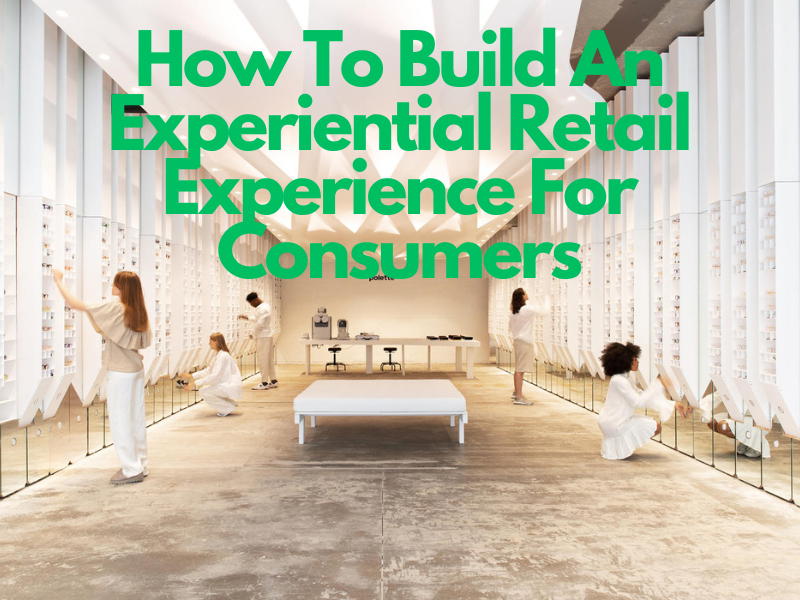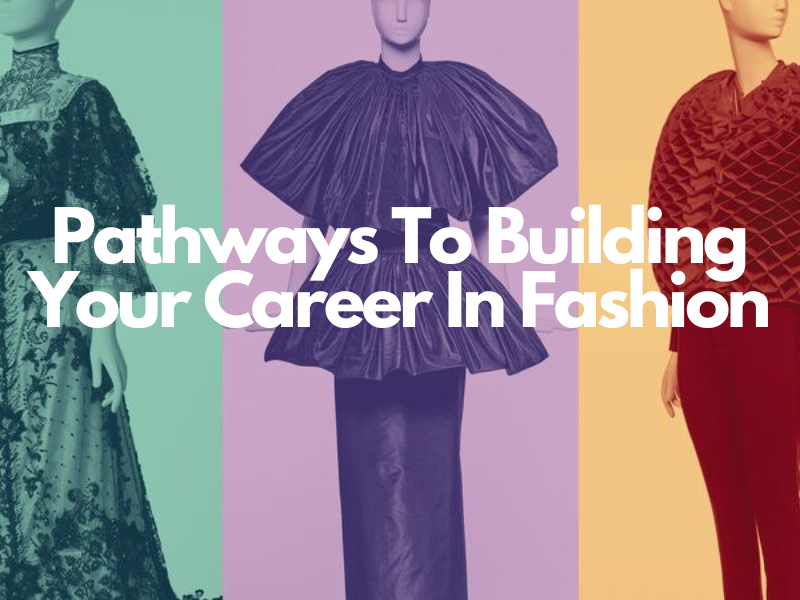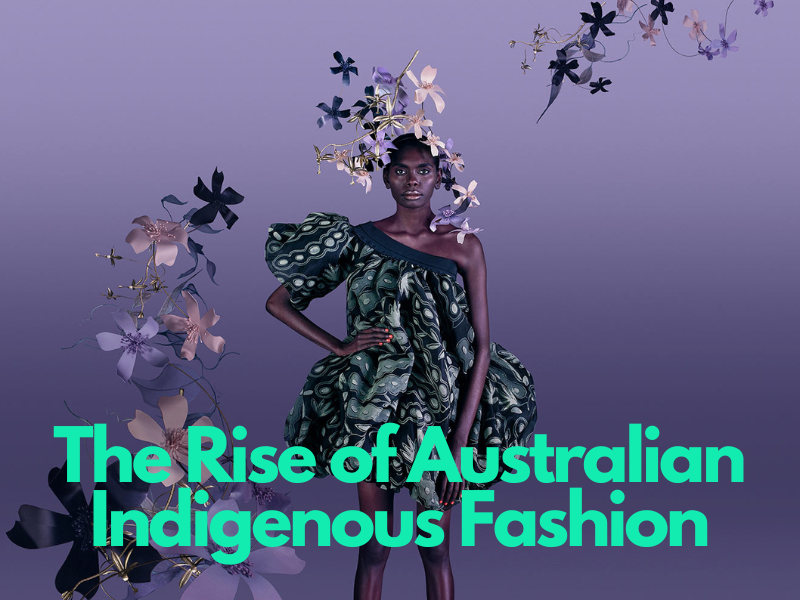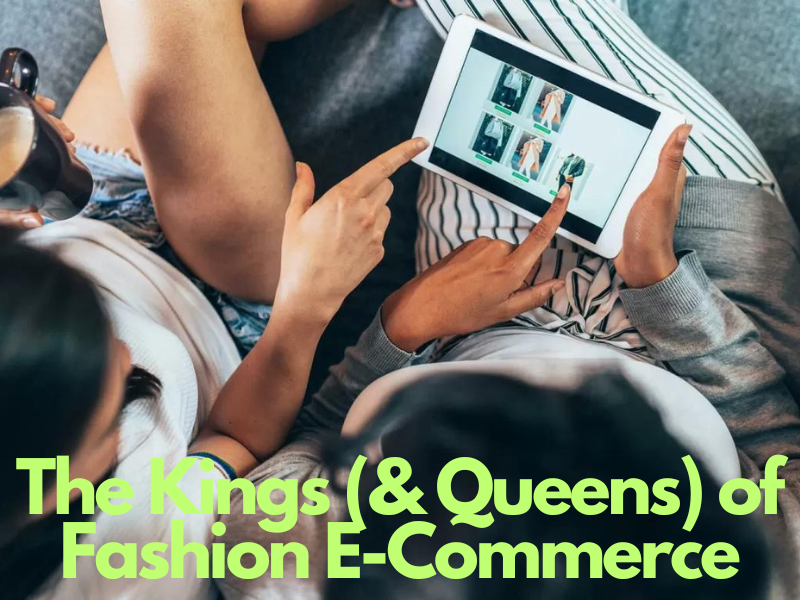What To Look For When Hiring Fashion Talent
In an industry such as the fashion industry, which has become increasingly competitive, hiring the right talent is crucial. The fashion industry thrives on innovation, creativity, and an acute understanding of trends, making the recruitment process a crucial step for any fashion brand. Whether you're scouting for designers, stylists, or marketing experts, knowing what to look for can help you assemble a team that not only meets, but exceeds your expectations. Here’s our recommendations on the personal qualities that your ideal candidates should have and some questions to better understand your candidates:
Passion and Vision
Passion is the driving force behind every successful fashion endeavour. Look for candidates who are not only skilled, but also deeply passionate about their craft. A genuine love for fashion will fuel their creativity and dedication, leading to inspired designs and innovative solutions. We recommend you seek out individuals with a clear vision for their work and the ability to articulate it effectively. Fashion is as much about storytelling as it is about aesthetics, so having a strong vision can set your brand apart in a crowded market. As Fashion Designer
Carla Zampatti says, “Like the intern I would hire, the person who stands out in an interview will show initiative, drive and enthusiasm.”
Here are some questions you might like use to help assess whether your candidates have passion for this type of role:
1. What inspired you to pursue a career in fashion?
2. Can you describe a moment when you felt particularly inspired or excited about a fashion
project you worked on?
3. How do you stay updated on current fashion trends and industry developments?
Creativity and Originality
In an industry where trends come and go with the blink of an eye, originality is key. Look for candidates who demonstrate a unique perspective and a willingness to push boundaries. Ask for evidence of creativity in their past work (maybe ask them to bring it with them to the interview). Examples could include innovative designs, unconventional styling techniques, or out-of-the-box marketing campaigns. A creative thinker can breathe life into your brand and help you stand out in a sea of sameness.
Marc Jocobs says it best when he says: “To me, clothing is a form of self expression. There are things about who you are in what you wear.” Questions you might ask about creativity and originality during the interview process are:
1. What is your creative process like when approaching a new design or project?
2. Can you share a specific example of a time when you took a creative risk or pushed the
boundaries in your work?
Technical Skills
While creativity is essential, technical proficiency is equally important. Depending on the role you're hiring for, look for candidates with the necessary skills and expertise to excel in their field. For designers, this might include proficiency in pattern-making, sewing, and garment construction. For marketers, it could involve a strong understanding of digital analytics, social media strategy, and branding principles. Assessing candidates' technical skills ensures they have the foundation needed to bring their creative visions to life effectively.
